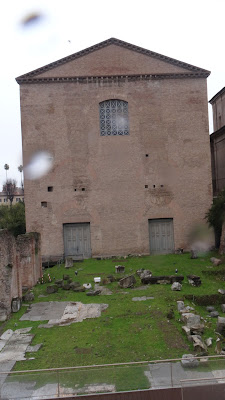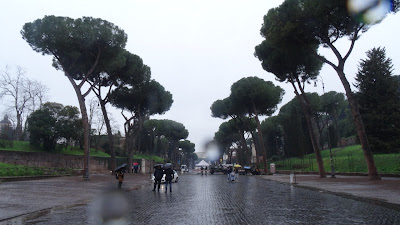From recent reading it became clear that there is an energy crisis not only in Europe, but also in China – and in India !
Here is Shekhar Gupta explaining why we may suffer blackouts / power cuts over the coming months in parts of India – hopefully planned and announced ones, rather than sudden.
There are many reasons for what is happening and I will share them as I read – but cutting back on our energy consumption will help the lights stay on a bit longer for everyone.
25 IDEAS FOR BRINGING DOWN ELECTRICITY USE WITHOUT LOSING COMFORT
Home Lighting
1. In the early 90s, we moved to using 60 W filament bulbs instead of 100 W. In mid-90s, we replaced nearly all our filament bulbs with CFLs, thus reducing per light load to 18 and 36 W from 60 W.
2. For the last few years, we buy only LEDs and are gradually replacing all bulbs as the past ones die out. All heavy use lights already have LEDs – 3 / 6 / 9 watts each usually.
3. We find our selves becoming more economical in the use of lighting. One light suffices where two were put on habitually earlier.
4. Natural light is utilized to the maximum by hanging transparent plastic curtain on the doors which get a lot of light. This plastic curtain keeps out the cold air in winter and hot air in summer, while letting in light.
5. Window glasses are curtained off for the night only at sleep time as until then they continue letting in outside light.
6. In consultation with our neighbours, we keep less of the lights of our common corridor on.
7. Our torches are solar.
Cooling home in summers
8. Our mini honeycomb pad cooler uses just 90 W instead of the 350 W and above, for mid-sized woodwool coolers.
9. We have just learnt that slower speeds in fans use much less electricity than full speed, so we will now use them at more optimum levels.
10. We have started replacing old induction motor 90 W fans with new electronic motor 28 W fans – whenever old fans go out of order and cannot be repaired.
11. Our AC use is 10 % compared to our neighbours and only on the hottest days for short durations. The coolers carry on cooling after the AC is shut off. Coolers even circulate the cool air to a second room if both are occupied.
12. All sun receiving areas of the house are shaded during summer with green nursery cloth. Tirpals / roller blinds / plastic curtains are used, preferably outside the sun receiving windows, so the glass does not heat up.
Heating Home in Winters
13. We have maximized sun use when it is comfortable to be outside. Our balcony / garden are equipped with electric point for laptop, table and chair, so one can spend long hours outside.
14. All sun receiving areas of the flat have conveniently placed furniture so one can spend the maximum time in direct heat from the sun.
15. Blowers and Oil Radiators use 1000 or 2000 W at a time. In contrast halogen rod heaters use 125-400 W rods for heating and one can use multiple rods for faster heating.
16. But as we have become more conscious of what global warming implies, we find ourselves dressing up even more warmly at home – as a result, in recent winters we have not needed to use heaters at all.
17. Hot water is used only for bathing, not for washing of hands or washing utensils. Ofcourse, someone unwell would use the hot water stored in the geyser for washing hands, or an especially dirty utensil would be washed in hot water.
18. Small carpets on the floor at crucial places (like by your bed) keep you warmer and make you step back from using heaters a bit. Ditto by using blankets as ground covers on ALL SLEEPING AND SEATING SURFACES – beds and sofas.
Electronics
19. All computers are now switched off for the night as are spike busters connecting them to power sources.
20. When we are getting up from our computers, we are more conscious to immediately put them to sleep while we are away.
Use of Appliances
21. Having become more economical in our use of electricity, we now use the full capacity of an oven while baking rather than partially. For example, all shakarkandi (sweet potato) is baked together in larger quantitiy at a go.
22. Washing Machines are ofcourse used only at full load.
23. Hot things are not put inside the Fridge but allowed to come to room temperature before putting them in the fridge.
24. In summer, water from the fridge is mixed with normal temperature water in thermoses to get the right temperature for drinking water. The fridge does not have to be opened day long for drinking water then, thus conserving on electricity use.
25. We are away from our home now and then, like most people. In the past, the fridge was left on when we were away. Now we plan in such a way that we try to consume the perishables, or take them with us to our home in another city. Milk packets are packed with ice in an ice box for travel to another city, and so on. However this cant be done for every trip.







